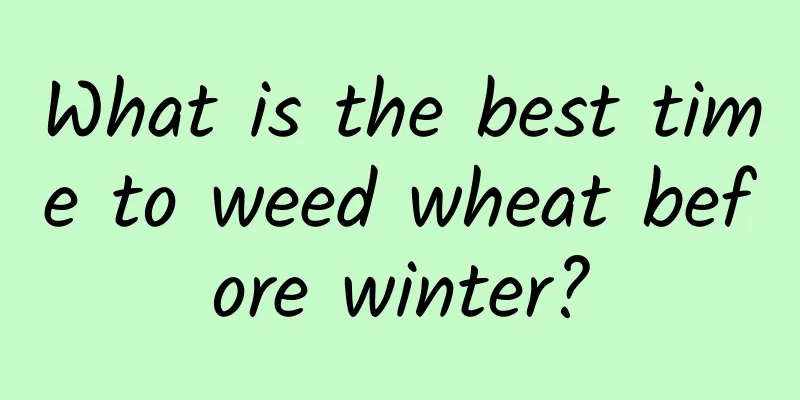The cultivation methods and precautions of water hyacinth

1. Maintenance methods1. Temperature: It likes to live in places with relatively high temperatures and is not cold-resistant. The wintering temperature cannot be lower than ten degrees, otherwise the plant will be irreversibly damaged, and its growth and flower bud differentiation will be affected. It is a southern plant and the maintenance temperature should be controlled above 25 degrees. 2. Watering: The water consumption varies at different growth stages. During the growth period, more water is needed and it needs to be watered at least twice a week. However, during the reproductive development period and the late stage of fruit development, proper water control is needed. Excessive watering is not good for the results, so watering once a week is sufficient. 3. Fertilization: April is the period of vigorous growth of branches and leaves. At this time, nitrogen fertilizer should be used, and a little phosphorus and potassium fertilizer should be added to increase the chlorophyll of the plant and promote the growth of branches and leaves. Phosphorus and potassium fertilizers are needed in July because this is the period of vigorous growth of stems and requires appropriate fertilization. This can improve the plant's resistance to diseases and insects, promote root growth, and improve the quality of the fruit. 4. Light: It likes to live in sunny places. Sufficient light can make the branches of the plant grow stronger and is also conducive to the flowering of the plant. Under normal circumstances, the annual light hours exceed two thousand hours, and the plant is in good growth condition. 2. Breeding techniques1. Reproduction: It can be propagated by cuttings. First, select two-year-old branches, cut them into cuttings of about 15 cm, and then insert them into the sand bed. The depth is about two-thirds of the branches. Pay attention to shade and moisturizing. It will take root in about two months, and you can transplant and plant it after another two months. 2. Pruning: Pruning is generally done by round-head pruning. For branches that have already borne fruit, you can wait until after the fruit is harvested each year to prune them again. Cut off the dead and diseased branches that are not growing well, and at the same time, you can also remove the buds on the bamboo poles. 3. Problem Diagnosis1. Pests: Its main pests are aphids and scale insects. If found, it is necessary to spray pesticides in time for prevention and control. 2. Diseases: The main diseases are anthracnose and fruit rot, and prevention and control work needs to be done. If diseased branches still appear, you can use disinfectant to spray and treat them. IV. Other issues1. Toxicity: non-toxic. 2. Edible: Can be used. |
<<: Water celery cultivation methods and precautions
>>: Nettle cultivation methods and precautions
Recommend
How to propagate cherry trees and what to pay attention to
Cherry Blossom Tree Propagation Method Cherry blo...
How to grow camellia more vigorously?
Camellia, as one of China's traditional flowe...
When is the best month to graft the succulent plant (how many days does it take for the plant to survive after grafting)
Related knowledge points of grafting mage: (1) De...
How to prune mimosa
Mimosa pruning time Mimosa needs to be pruned sev...
How to propagate African jasmine by cuttings? Methods to achieve a high survival rate of cuttings
In the reproduction of African jasmine, the commo...
How to grow coffee orchid
1. How to raise 1. Light: Coffee orchid likes to ...
How to care for wine bottle orchid in winter
1. Ensure the temperature If you want the bottle ...
Can the copper coin grass be placed in the bedroom?
1. Is it possible? It can be kept in the bedroom ...
How to divide the Xianlaike flower into pots and what is the time and method for dividing the pots
Time to divide the pots of the cymbidium It is be...
What to do if the amaryllis is stuck with an arrow
Causes of Arrow Trapping Amaryllis has a relative...
Cultivation methods and precautions of autumn peony
Preferences of Autumn Peony We all know that only...
Do orchids like carrion? Can carrion be used as fertilizer?
1. Do you like it? Orchids love carrion. Because ...
Can the four-season plum be placed in the bedroom?
Can it be placed in the bedroom The four-season p...
How to grow lily bamboo, lily bamboo pictures
1. Breeding methods 1. Light: It likes light and ...
The causes and treatments of yellow leaves of Areca palm
1. The temperature is too low 1. Reason: Areca pa...









